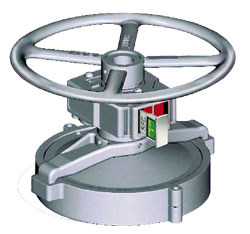April 2006
Special Report
United Kingdom: Anti-tamper lock prevents unwanted operation
Anti-Tamper Lock secures assets by reducing the risk of human error or deliberate tampering.

 Technology from Europe:
Technology from Europe:

